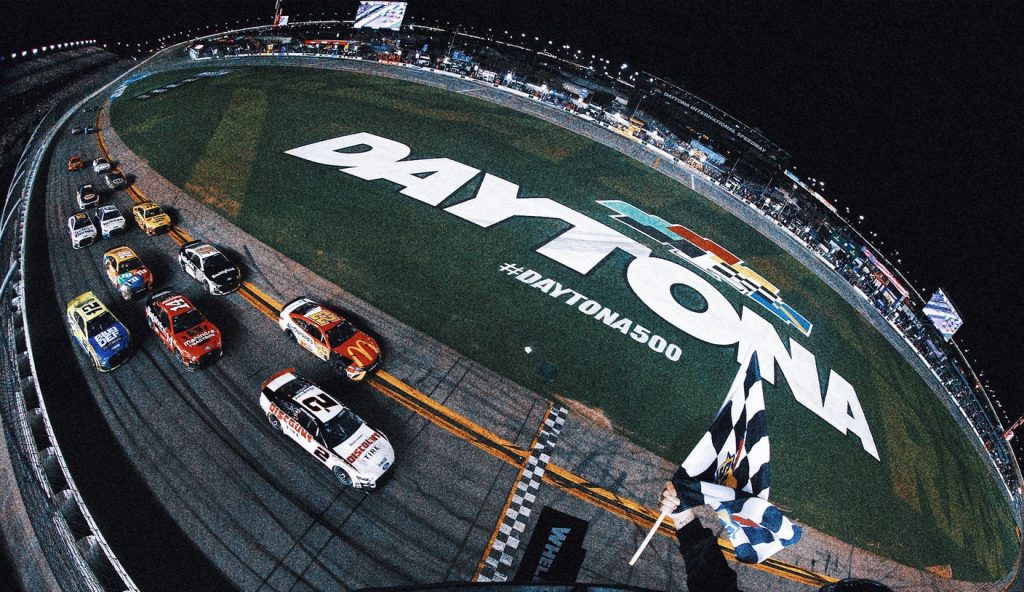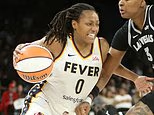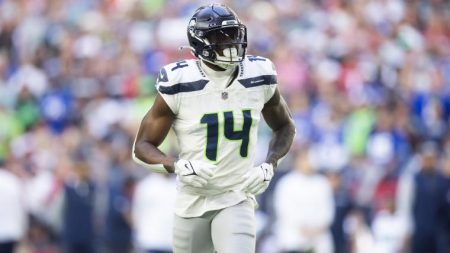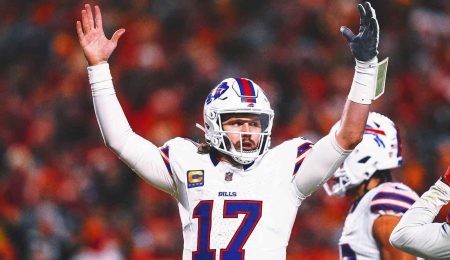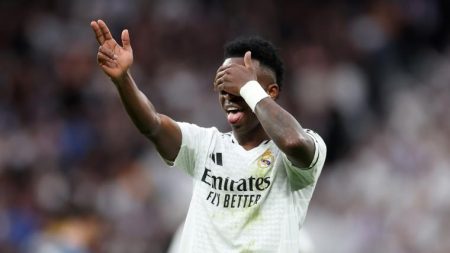Understanding the Daytona 500 Qualifying Format
The Daytona 500, often referred to as "The Great American Race," is one of the most prestigious events in NASCAR. However, the qualifying process for this iconic race is anything but straightforward. This year, the qualifying format has an added layer of complexity with a new rule that could potentially expand the field to 41 cars. Let’s break down how the field is set for the February 16 race at Daytona International Speedway.
The Charter System and Guaranteed Spots
At the heart of the qualifying process is the charter system, which guarantees 36 spots in the Daytona 500. These spots are reserved for drivers of chartered cars, ensuring a stable core of competitors. The list of chartered drivers includes some of the biggest names in NASCAR, such as AJ Allmendinger, Christopher Bell, Ryan Blaney, Alex Bowman, and Denny Hamlin, among others. This system provides a level of security for these teams, allowing them to focus on performance rather than just making the race.
The Open Car Challenge
The remaining spots in the Daytona 500 are filled by non-chartered open cars. This year, nine open drivers are vying for these spots: Anthony Alfredo, Justin Allgaier, Helio Castroneves, Jimmie Johnson, Corey LaJoie, B.J. McLeod, Chandler Smith, Martin Truex Jr., and JJ Yeley. These drivers have two primary ways to secure their spots: by finishing as the highest-placing open car in their qualifying race on Thursday or by having one of the top-two qualifying speeds from Wednesday night.
The New Rule and Helio Castroneves
Adding a twist to the qualifying process is a new rule for 2025. NASCAR has the option to award a provisional spot to a driver with elite credentials who would also enhance the marketing of the event. This year, Helio Castroneves, a four-time Indianapolis 500 winner, is the only driver to apply for this special provisional. If Castroneves uses the provisional, his team, Trackhouse Racing, will not receive any prize money for the event. Therefore, Castroneves is determined to qualify naturally, either by winning his qualifying race or by having one of the top-two qualifying speeds. If he qualifies naturally, the field will remain at 40 cars, and five open drivers will miss the race. If he uses the provisional, the field will expand to 41 cars, and only four open drivers will fail to qualify.
Qualifying Night and the Pole Position
On Wednesday night, single-car qualifying was held to determine the starting positions for the two 150-mile qualifying races on Thursday. Chase Briscoe secured the pole position for the Daytona 500, with Austin Cindric joining him on the front row. Martin Truex Jr. and Jimmie Johnson, the two fastest open cars, have also locked themselves into the Daytona 500 field. This means that even if they don’t win their qualifying races on Thursday, they can still fall back on their qualifying speeds to secure their spots.
The Qualifying Races and Final Spots
The two 150-mile qualifying races on Thursday night are crucial for determining the starting lineup and filling the remaining spots in the field. The 36 charter teams are split evenly between the two races based on their Wednesday night qualifying speeds. The nine open cars are also split based on their qualifying speeds, with Truex, Allgaier, Castroneves, Chandler Smith, and Yeley in the first race, and Johnson, LaJoie, Alfredo, and McLeod in the second race. The top-finishing open driver in each of these races earns a spot in the Daytona 500. Additionally, the two open drivers with the best qualifying speeds from Wednesday night will also make the race. If Castroneves does not qualify naturally, he will use the provisional to take the 41st and final spot.
Scenarios for the Open Drivers
The qualifying process for the open drivers is a high-stakes affair, with several scenarios to consider:
- Truex and Johnson: They are already in the Daytona 500 due to their qualifying speeds.
- Allgaier: He makes the race if he is the top open driver in his duel. If Truex is the top open driver in the first duel or Johnson is the top open driver in the second duel, Allgaier still gets in.
- LaJoie: He qualifies if he is the top open driver in his duel. If Truex or Allgaier is the top open driver in the first duel and Johnson is the top open driver in the second duel, LaJoie also makes it.
- Castroneves: He is guaranteed a spot, either by winning his duel or using the provisional.
- Chandler Smith, Yeley, Alfredo, and McLeod: They must finish as the top open driver in their respective duels to make the race.
The results of the first qualifying race will determine the inside row positions for Rows 2 through 19, while the second race will set the outside row positions for the same rows. The two open drivers who make the race based on qualifying speed will start in Row 20 (spots 39 and 40). If Castroneves uses the provisional, he will start 41st.
Conclusion
The Daytona 500 qualifying process is a blend of tradition and innovation, with the charter system providing stability and the open car challenge adding excitement. The new rule for 2025, which could potentially expand the field to 41 cars, adds an extra layer of intrigue, especially with the inclusion of Helio Castroneves. As the qualifying races approach, fans and teams alike will be on the edge of their seats, watching to see who will secure their spot in this historic race.

